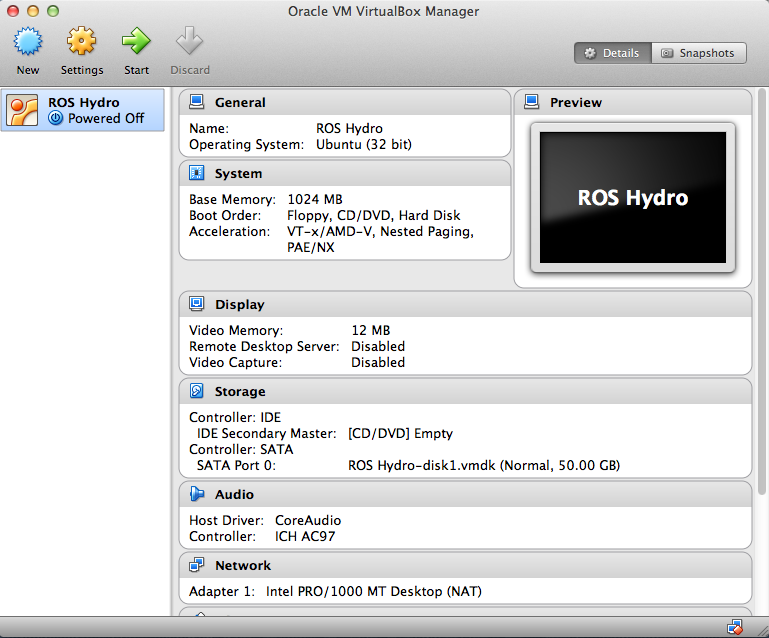

Now that we have our simulation running, let's interact with our turtle by controlling its movements in this ocean world. You should also see a window pop up, showing a tiny turtle peacefully floating in the middle of a vast ocean: : Spawning turtle at x =, y =, theta = If everything worked as expected, you should see logs similar to the following in your turtlesim window: : Starting turtlesim with node name /turtlesim In the second, start turtlesim: $ rosrun turtlesim turtlesim_node In the first, start your ROS master: $ roscore For this tutorial, we'll be launching turtlesim, a ready-to-launch ROS tutorial conveniently packaged as a node. Let's test that ROS was installed correctly by running our first ROS node. Again, we recommend using Ubuntu 20.04 and following the same instructions for installing ROS to get started. Parallels is another virtualization option, albeit paid, for macOS. You can set one up by installing VirtualBox, a free and open source virtualization software package that allows you to run Linux on macOS or Windows.
#Ros for mac install
To install and run ROS on macOS or Windows, you must have access to a Linux system. ROS officially supports Ubuntu, so it's easiest to get up and running on this platform – we recommend using Ubuntu 20.04 and following these instructions on their website to finish installation. To get started with developing robotics software with ROS, you’ll first need to install it on your machine – whether your platform of choice is Ubuntu, macOS, or Windows. Whether you want to inspect your active nodes, chart values of interest, or publish ROS messages back to your stack, we'll cover a few of the many ways that Studio can enhance your data exploration experience and accelerate your robotics development.


#Ros for mac how to
In this post, we'll cover how to install ROS on your computer, run your first ROS node, and interact with your data using Foxglove Studio. Now that we've learned about the building blocks that make up a ROS system, let's apply our knowledge to see these components in action! Use turtlesim and Foxglove Studio to learn how to explore robotics data


 0 kommentar(er)
0 kommentar(er)
